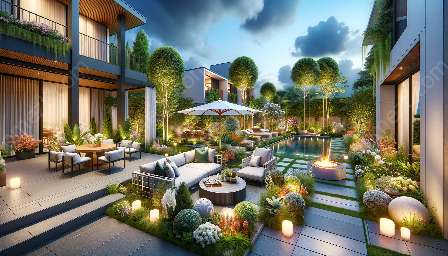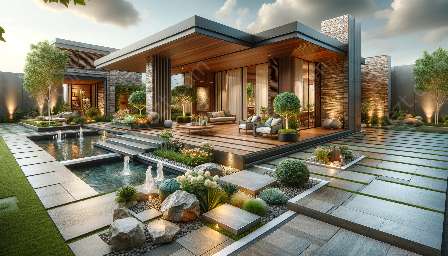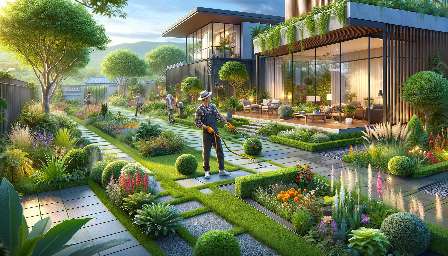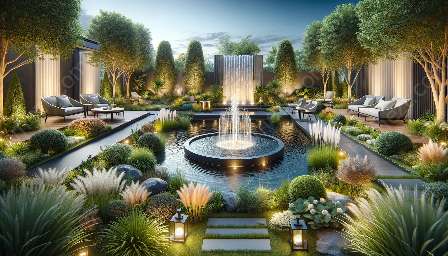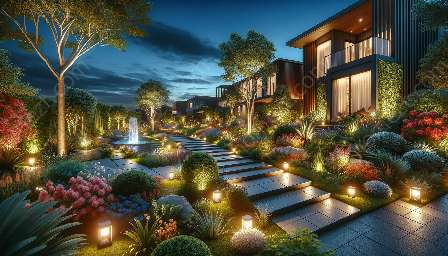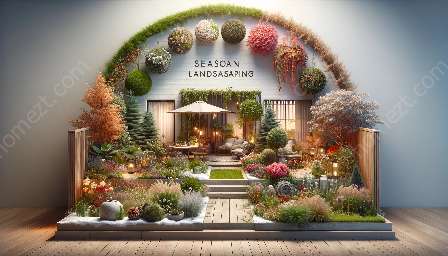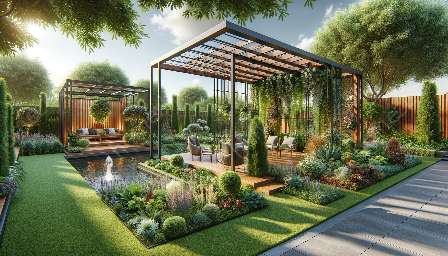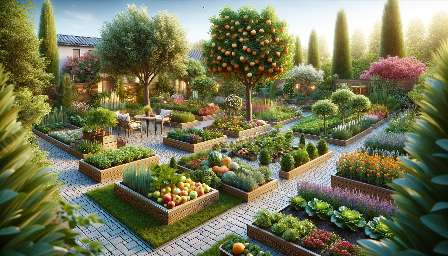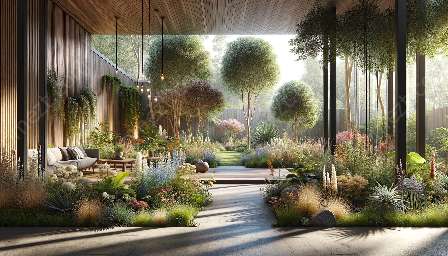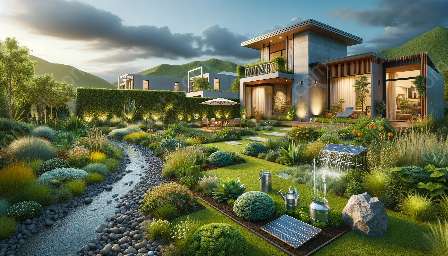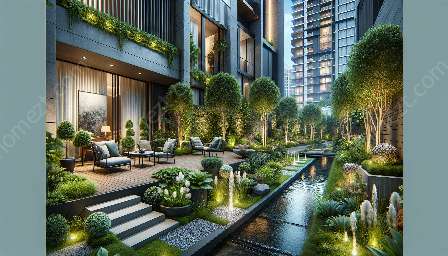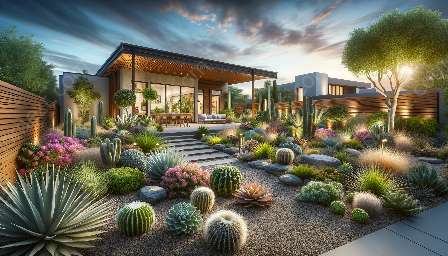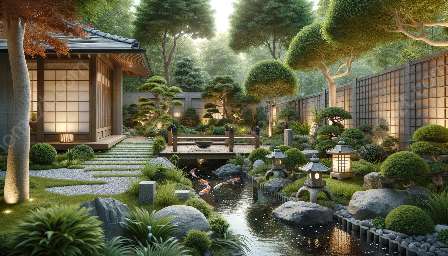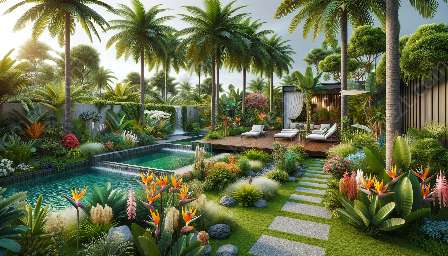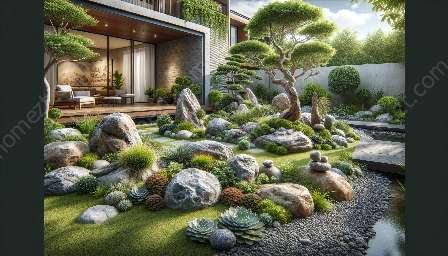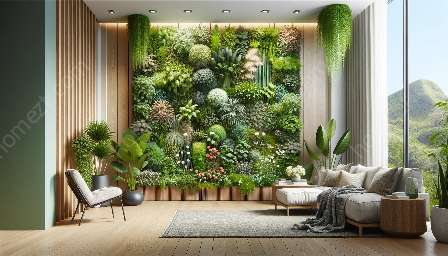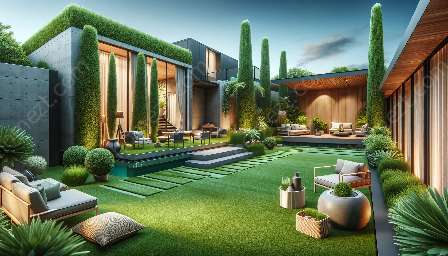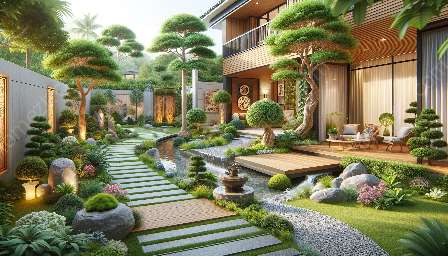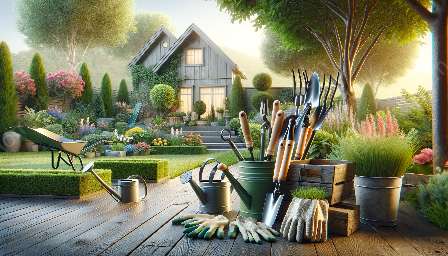Artificial turf installation presents a unique opportunity to significantly enhance both your landscaping and interior decor, making it an attractive option for homemaking enthusiasts. In this guide, we explore the advantages of artificial turf, the installation process, and practical tips for maintenance. Whether you're a landscaping enthusiast looking to revamp your outdoor space or a homeowner seeking a low-maintenance indoor decor solution, artificial turf offers a versatile and durable solution.
Advantages of Artificial Turf Installation
Artificial turf, also known as synthetic grass, offers numerous benefits that make it an appealing choice for landscaping, interior decor, and homemaking:
- Low Maintenance: Unlike natural grass, artificial turf requires minimal upkeep, making it an ideal choice for busy homeowners and landscaping enthusiasts who desire a lush, green lawn without the hassle of mowing, watering, and fertilizing.
- Durability: Artificial turf is designed to withstand heavy foot traffic, UV exposure, and varying weather conditions, ensuring a long-lasting and visually appealing landscaping solution.
- Water Conservation: With artificial turf, homeowners can significantly reduce their water usage, making it an eco-friendly option that supports sustainable landscaping practices.
- Versatility: From outdoor landscapes to indoor decor, artificial turf can be installed in various settings, allowing homeowners to create cohesive and visually stunning living spaces.
- Aesthetics: High-quality artificial turf closely resembles the appearance and texture of natural grass, providing a realistic and lush green surface that enhances the overall look of a property.
The Installation Process
Installing artificial turf involves several key steps to ensure a flawless and long-lasting outcome:
- Site Preparation: The area where the turf will be installed is meticulously prepared by removing existing grass, leveling the surface, and addressing any drainage issues.
- Turf Placement: The artificial turf is carefully positioned and secured, taking into account any specific design requirements and landscaping features.
- Seaming and Edging: Seam and edge treatments are applied to create a seamless and professional finish, ensuring that the turf fits perfectly within the designated area.
- Infill Installation: Infill material, such as sand or rubber, is evenly distributed across the turf's surface to maintain its structure and enhance its performance.
- Final Evaluation: The completed installation is thoroughly inspected to confirm that the turf has been properly installed and meets the homeowner's expectations.
Maintenance Tips
To ensure the longevity and visual appeal of artificial turf, regular maintenance practices are recommended:
- Brushing: Periodically brush the turf fibers to prevent matting and ensure a uniform appearance.
- Cleaning: Remove debris, leaves, and pet waste to preserve the cleanliness and hygiene of the artificial turf surface.
- Occasional Rinse: A light rinse with water can help remove surface dust and refresh the turf's appearance.
- Inspecting Seams: Routinely inspect and repair any seam issues to prevent potential damage and maintain the integrity of the installation.
- Professional Maintenance: Consider professional maintenance services to assess the condition of the turf and address any long-term maintenance needs.
Whether you're considering artificial turf installation for your outdoor landscaping or as part of your interior decor, the benefits and versatility of this synthetic solution make it a compelling choice for achieving vibrant and low-maintenance living spaces. By embracing artificial turf, homeowners can transform their surroundings, enhance their time spent outdoors, and create a visually striking environment that complements their overall homemaking and interior decor aspirations.


